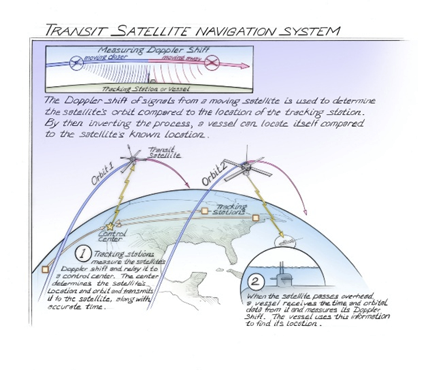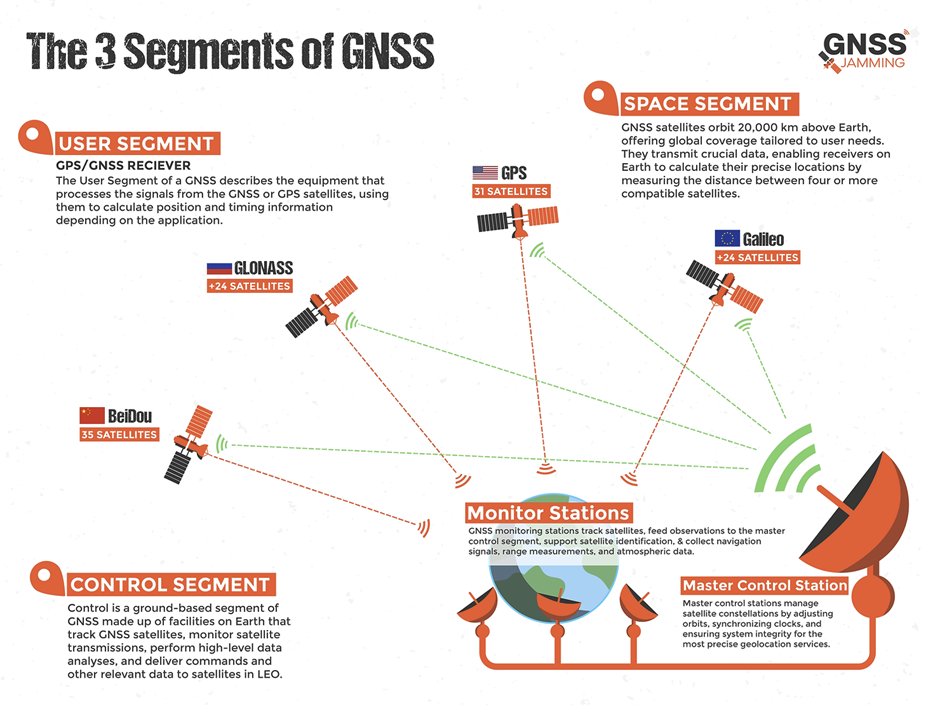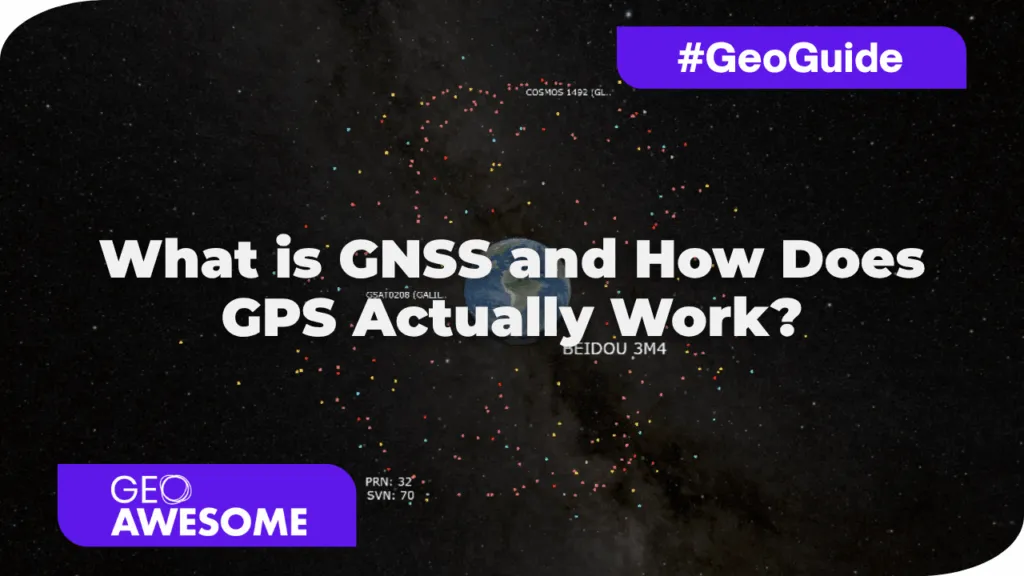We rely on it daily – whether navigating to a new café, tracking a package, or mapping a field. But how does GPS work, and what exactly is GNSS? Let’s discover the invisible technology that powers modern life.
The Birth of GPS: A Cold War Invention
Although in everyday language, GPS is often used to describe any location-tracking device, in reality, it refers specifically to the American satellite navigation system. The Global Positioning System (GPS) was born out of military necessity during the Cold War. Developed by the U.S. Department of Defense, the system was designed to provide accurate positioning for strategic military operations.
- 1973: GPS concept approved by the DoD.
- 1978–1985: First satellites launched (Block I).
- 1995: Declared fully operational with 24 satellites.
Its design was inspired by earlier satellite navigation experiments like TRANSIT, and has since grown into a globally critical system. Today, it’s freely accessible for civilian use across the world.

Transit Satellite Navigation System. Source
GNSS: A Constellation of Constellations
GNSS (Global Navigation Satellite Systems) refers to all satellite-based positioning and timing systems, including but not limited to GPS. These systems are the backbone of modern navigation, geospatial applications, and timing services.
Major Global Systems:
- GPS (USA): Operational since 1995, maintained by the U.S. Space Force.
- GLONASS (Russia): Developed in the 1980s; global coverage restored by 2011.
- Galileo (EU): Launched by the European Union; full services expected by 2027.
- BeiDou (China): Began as a regional network in 2000 and achieved full global coverage in 2020.
The Three Segments of Each GNSS:
- Space Segment: The satellites orbiting the Earth that broadcast positioning and timing signals.
- Control Segment: The network of ground stations that monitor, maintain, and update the satellites and their signals.
- User Segment: The receivers and devices (from smartphones to surveying instruments) that capture GNSS signals to calculate precise location and time.
Each GNSS operates independently but modern receivers can combine signals from multiple constellations (multi-GNSS) to improve accuracy, reliability, and redundancy for applications on land, sea, air, and even in space.

How GNSS Positioning Works?
Understanding GNSS Signal Processing and Error Correction by Geoawesome
How to Measure the Accuracy of GNSS? – DOP, RTK, and PPP
Raw GNSS signals can be off by several meters, but accuracy can be enhanced dramatically using correction methods:
Main Error Sources:
- Ionospheric and tropospheric delays
- Multipath effects (signals bouncing off surfaces)
- Clock and orbital inaccuracies
Accuracy Enhancement Techniques:
- DOP (Dilution of Precision): Describes satellite geometry; lower values = better accuracy.
- RTK (Real-Time Kinematic): Uses a nearby base station for cm-level accuracy.
- PPP (Precise Point Positioning): Relies on corrections from global services (e.g., IGS).
GNSS – Do It Yourself!
Explore RTKLIB – an open-source GNSS processing suite for post-processing and real-time kinematic positioning.
More Educational Resources:
- GPS.gov – U.S. government’s hub for all things GPS.
- ESA NAVISP – European research program for GNSS innovation.
- https://guide-gnss.com/gnss-map/
- https://network.igs.org/
Further Reading:
- 2006, Global Positioning System Signals, Measurements, and Performance
- Who invented GPS?
- Understanding GPS/GNSS
How do you like this article? Read more and subscribe to our monthly newsletter!








